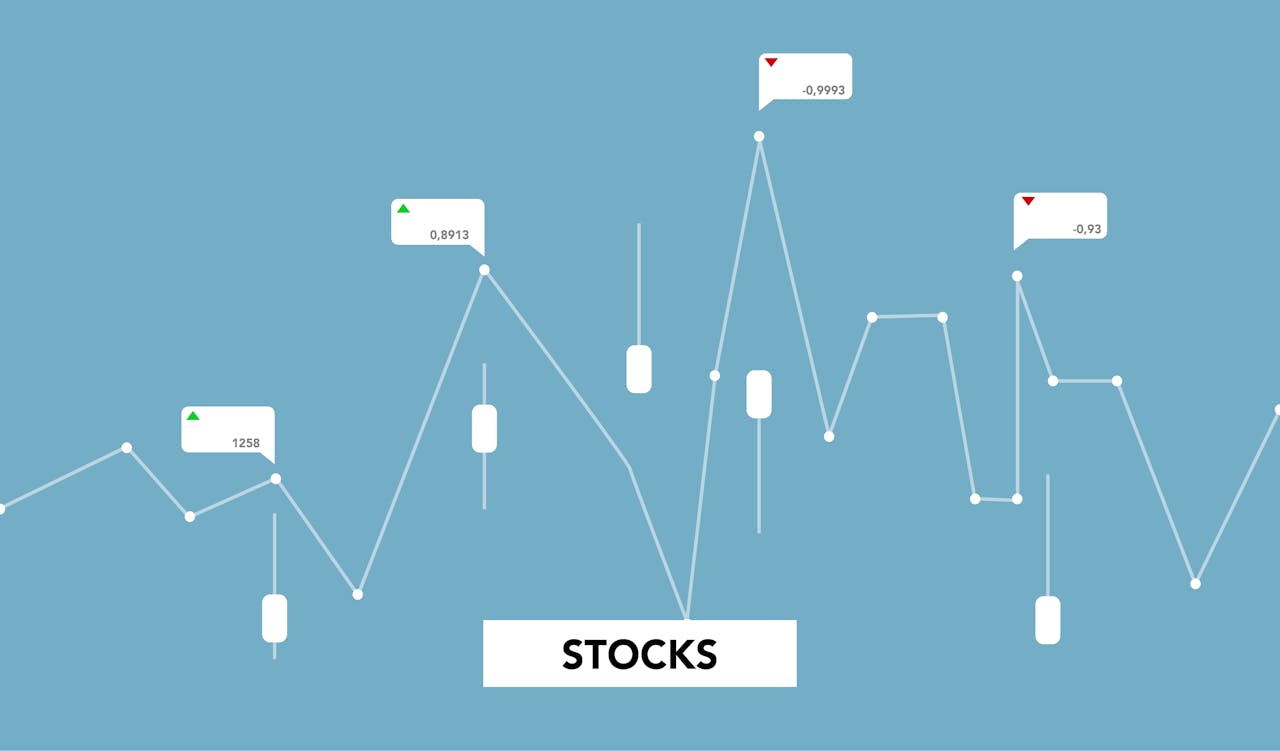Options trading is a complex yet potentially lucrative investment strategy that allows traders to speculate on the future price movements of various assets. Unlike traditional stock trading, options trading give investors the right, but not the obligation, to buy or sell an underlying asset at a predetermined price within a specified timeframe. This essay explores various options trading strategies and the inherent risks associated with them, helping both novice and experienced traders make informed decisions.
Understanding Options Trading
Before diving into strategies, it is crucial to understand the fundamental concepts of options trading. There are two main types of options: call options and put options. A call option grants the buyer the right to purchase an asset at a specific price, known as the strike price, before the expiration date. Conversely, a put option allows the buyer to sell an asset at the strike price before expiration.
The premium is the price paid for purchasing an option. This premium reflects various factors, including the asset’s volatility, the time remaining until expiration, and the difference between the current market price and the strike price. Understanding these factors can significantly enhance a trader’s ability to devise effective strategies.
Popular Options Trading Strategies
1. Covered Call
The covered call strategy involves holding a long position in an asset while simultaneously selling call options on that same asset. This approach generates income from the premium received for the call options, providing a cushion against potential losses in the underlying asset. However, it does cap the potential upside, as the trader must sell the asset at the strike price if the option is exercised.
2. Protective Put
A protective put strategy involves buying a put option for an asset that the trader already owns. This strategy acts as insurance against a decline in the asset’s price. By purchasing a put option, the trader can limit potential losses while maintaining the potential for upside gains. However, this strategy incurs costs in the form of the premium paid for the put option.
3. Straddle
The straddle strategy entails purchasing both a call option and a put option for the same asset at the same strike price and expiration date. This approach is ideal for traders anticipating significant price movement but uncertain about the direction. While the potential for profit is substantial, the cost of buying both options can lead to losses if the asset does not move significantly in either direction.
4. Iron Condor
The iron condor strategy combines two separate options strategies: selling an out-of-the-money call and put option while simultaneously buying a further out-of-the-money call and put option. This strategy profits from low volatility in the underlying asset, as the goal is for the asset’s price to remain within a specific range. While the maximum profit is limited, so are the potential losses.
5. Vertical Spread
Vertical spreads involve buying and selling options of the same class (calls or puts) with different strike prices or expiration dates. This strategy can be bullish or bearish, depending on whether the trader is buying a call spread or a put spread. Vertical spreads are often used to reduce the cost of options trading while providing defined risk.
Risks Associated with Options Trading
While options trading can yield significant profits, it also comes with considerable risks. Understanding these risks is essential for traders looking to engage in options trading.
1. Market Risk
Market risk is the potential for loss due to adverse price movements in the underlying asset. Options traders must stay vigilant and manage their positions effectively, as sudden market shifts can lead to significant losses.
2. Time Decay
Options are time-sensitive instruments, and their value decreases as the expiration date approaches. This phenomenon, known as time decay, can erode the value of options, particularly if the underlying asset does not move in the anticipated direction. Traders must account for time decay when selecting options strategies.
3. Liquidity Risk
Liquidity risk arises when traders cannot buy or sell options quickly without affecting the market price. Options with low trading volumes can be particularly illiquid, leading to wider bid-ask spreads and potentially increasing trading costs.
4. Complexity Risk
Options trading involves various strategies, each with its own complexities. Inexperienced traders may struggle to grasp the intricacies of options pricing, volatility, and risk management, leading to poor decision-making and significant losses.
5. Margin Risk
Some options strategies, particularly those involving short selling, require margin accounts. Trading on margin amplifies both potential profits and losses, exposing traders to greater risk. It’s crucial to understand the implications of margin trading and to manage positions carefully.
Conclusion
In conclusion, options trading offers a range of strategies that can suit various investment goals and risk tolerances. From covered calls to iron condors, traders can select the strategy that aligns with their market outlook and financial objectives. However, the associated risks cannot be overlooked. Market risk, time decay, liquidity risk, complexity risk, and margin risk are all factors that traders must consider when engaging in options trading.
By thoroughly understanding both the strategies and risks involved, traders can make more informed decisions and increase their chances of success in the dynamic world of options trading. Whether you are a novice looking to enter the market or an experienced trader seeking to refine your strategies, a comprehensive understanding of options trading will serve as a valuable asset. With careful planning and risk management, traders can navigate the challenges of options trading and potentially reap significant rewards.
Check out our Facebook or X accounts.
For more topics check this.



